Phase I
 SOCRATES (Phase I)
SOCRATES (Phase I)
SOCRATES is a long-term time horizon project seeking radical breakthroughs toward efficient and powerful data analysis available everywhere, from the simplest sensor node to the most complex supercomputer. The project aims to learn from nature’s own substrate for computation by studying self-organisation and emergent behaviour in biological in-vitro neural networks. SOCRATES will identify key properties of natural computation related to adaptation of structure, which causes changes in system dynamics. These properties will be transferred to an adaptive (programmable), robust, and scalable artificial nanomagnet computational device.
Deliverables and Results
Neuronal Properties and Communication
We have successfully implemented long-term, biological neural network cultures on microelectrode arrays (MEAs) and developed detailed relevant protocols, enabling appropriate handling and ensuring reproducibility.

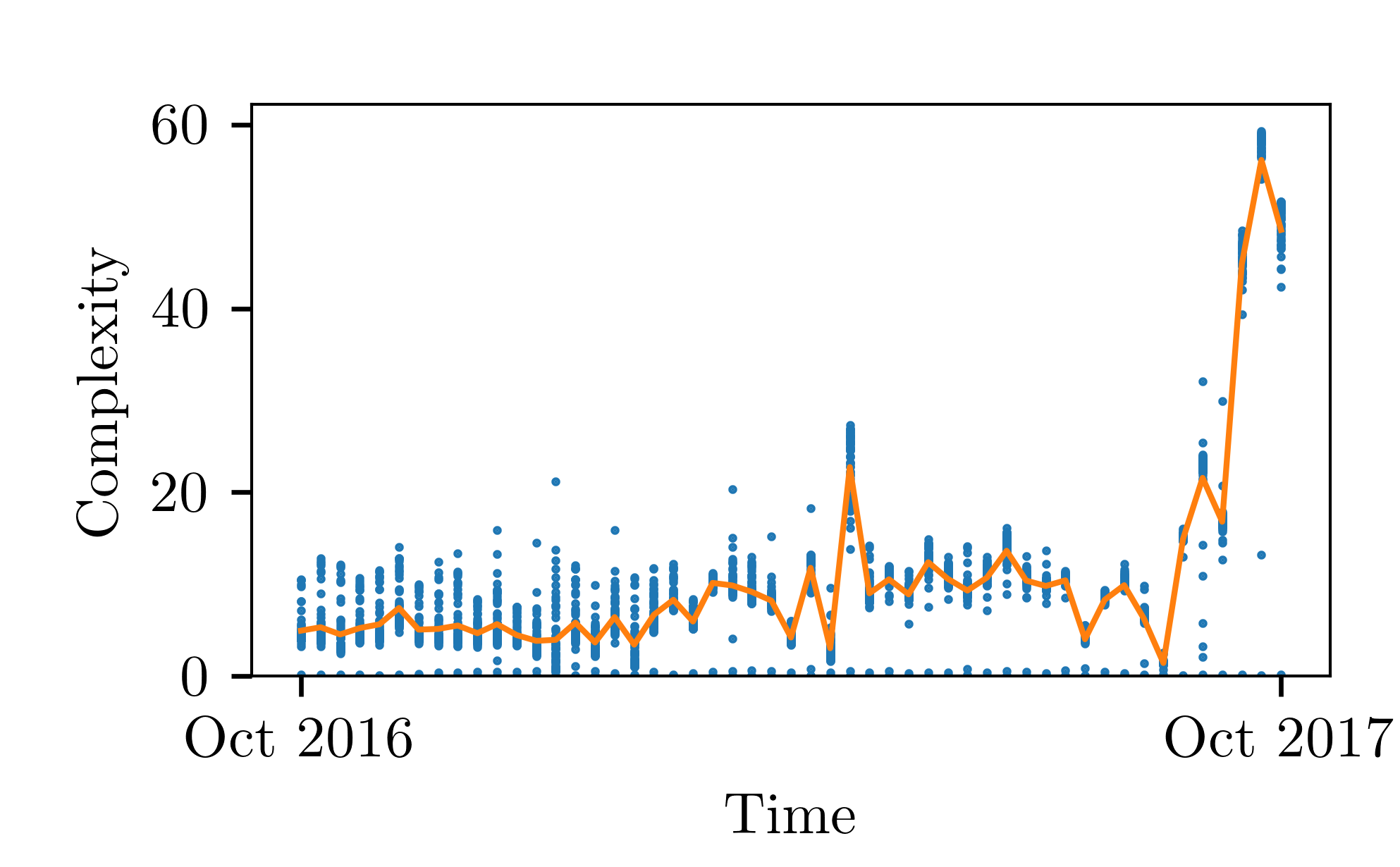
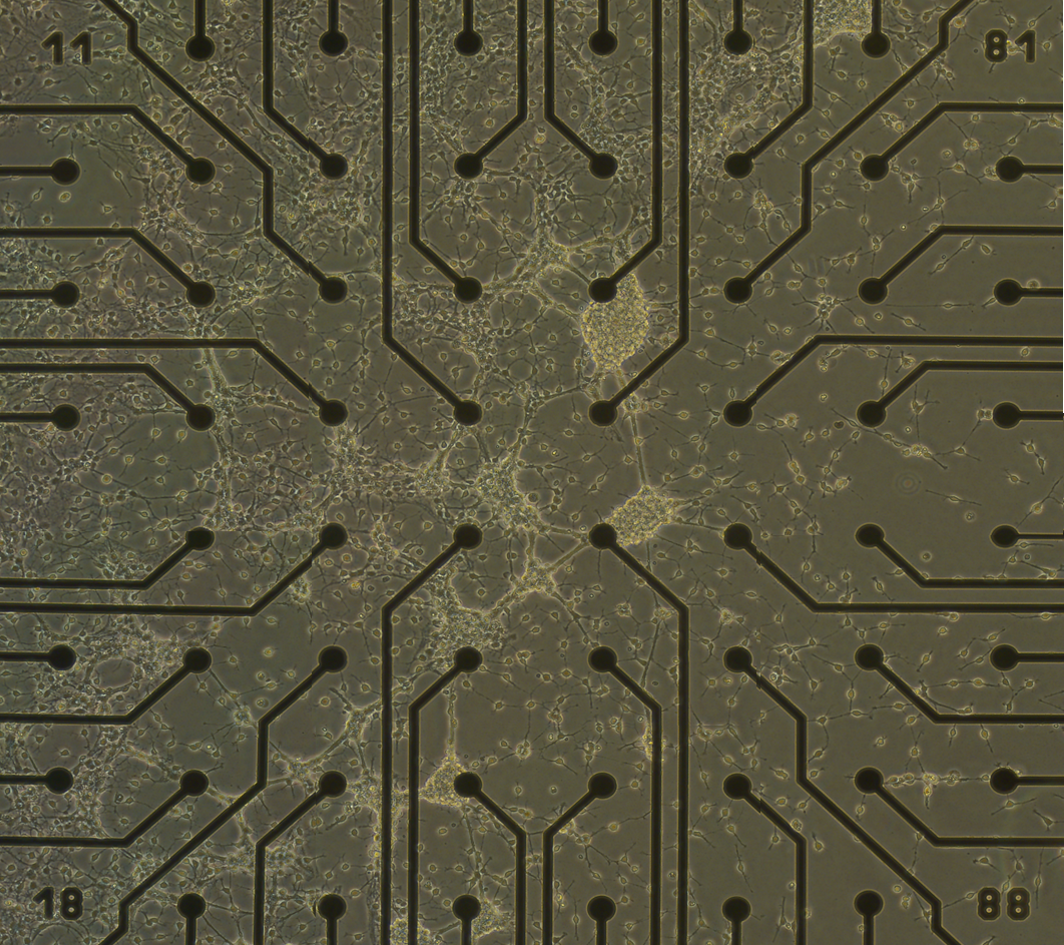
Complexity measurment setup is available on Github: https://github.com/SocratesNFR/socrates-neurons
Nanomagnet Building Blocks and Modelsystem
To investigate the potential for nanomagnet ensembles as a computational substrate, we established a model system consisting of 12 permalloy nanomagnets. We studied the dynamics arising from engineered frustration of these magnets, and discovered a rich repertoire of complex dynamics that can be precisely tuned, a key property to be able to transfer the principles of adaptation by self-organisation from the neural system.
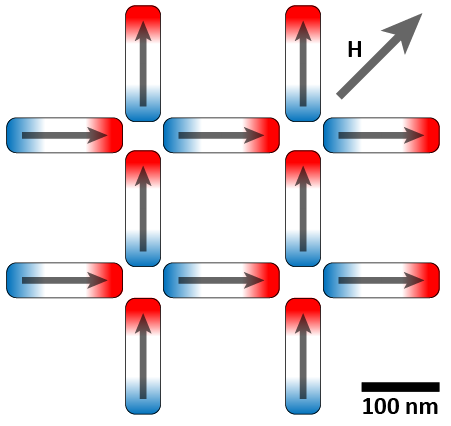

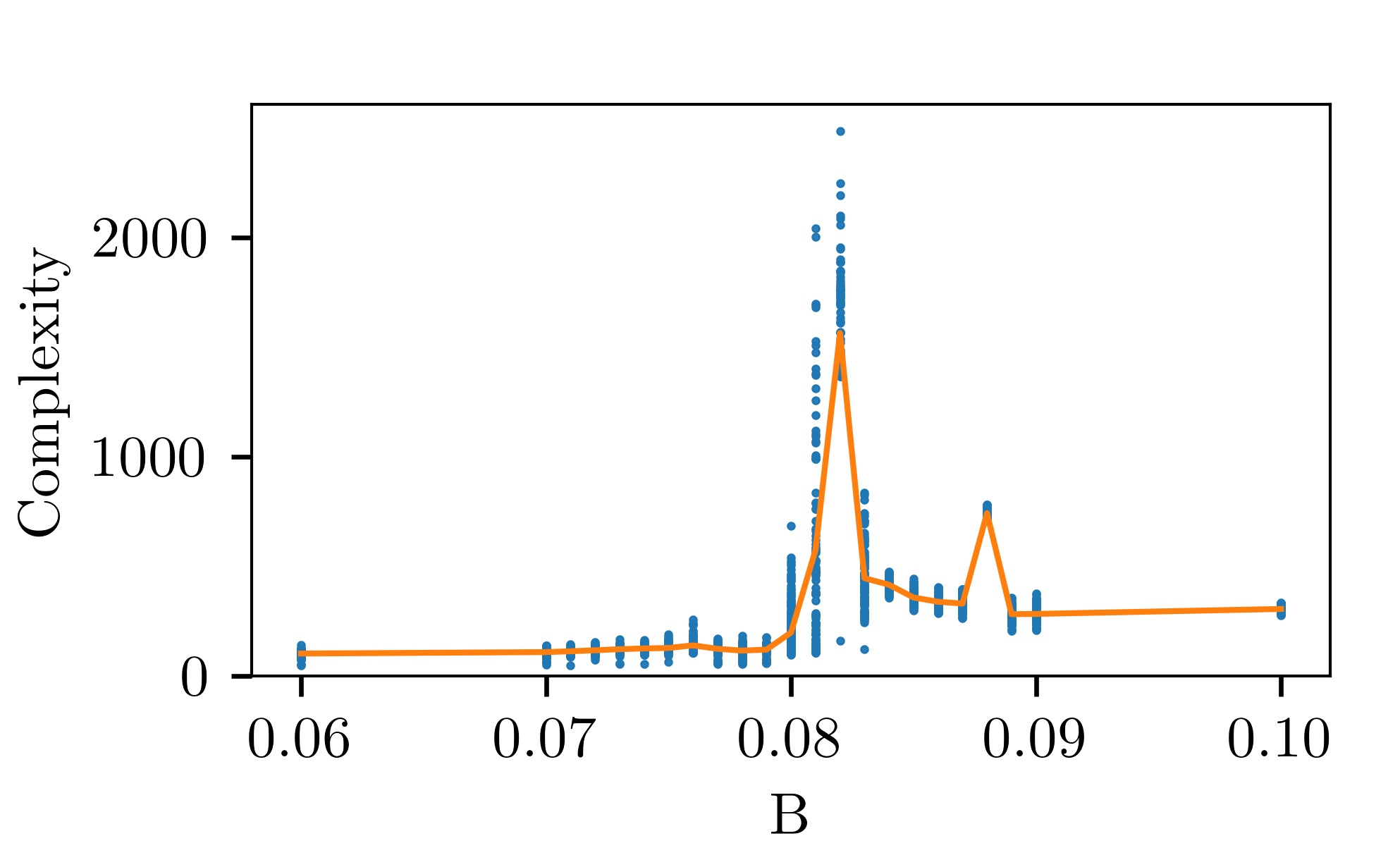
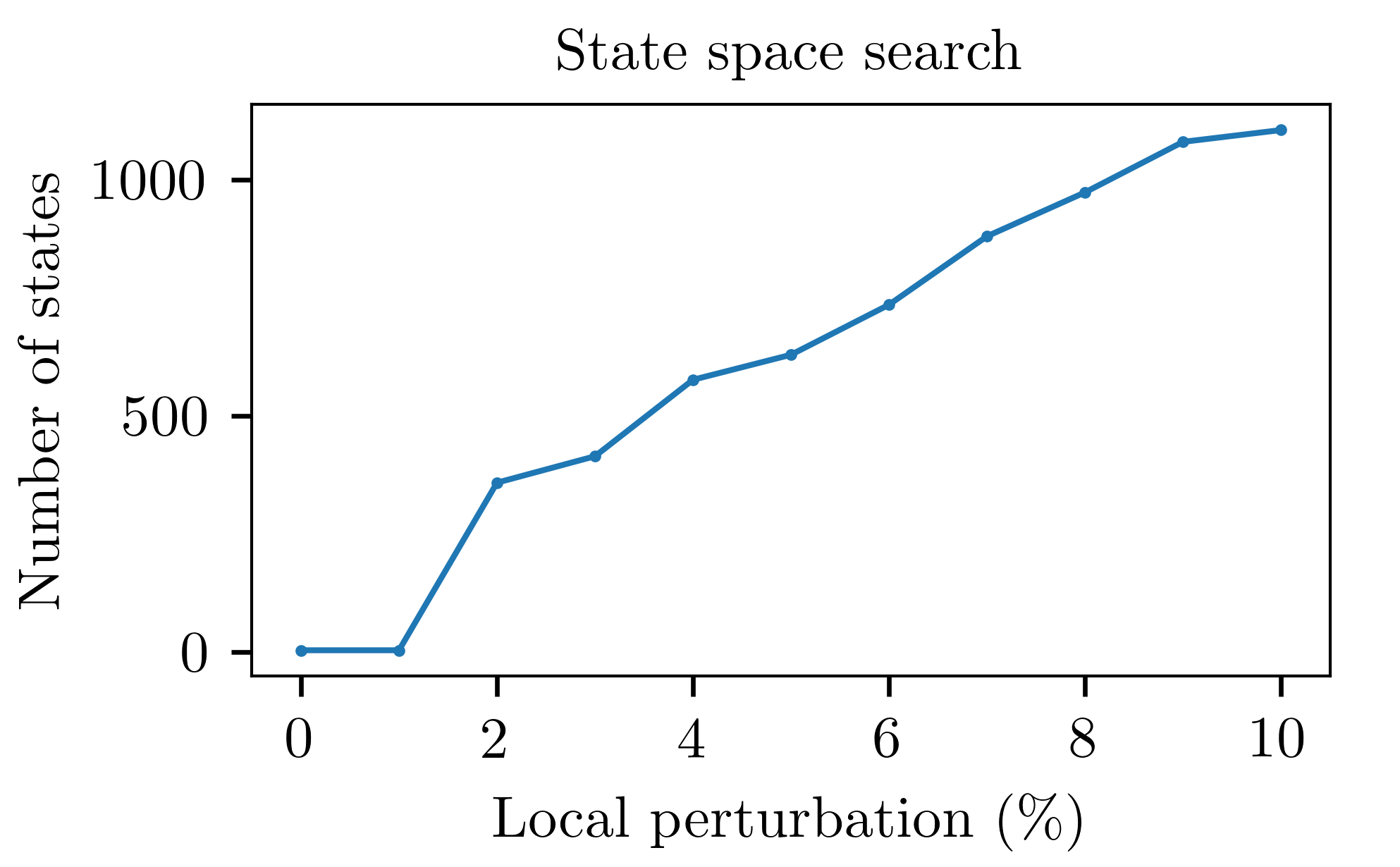
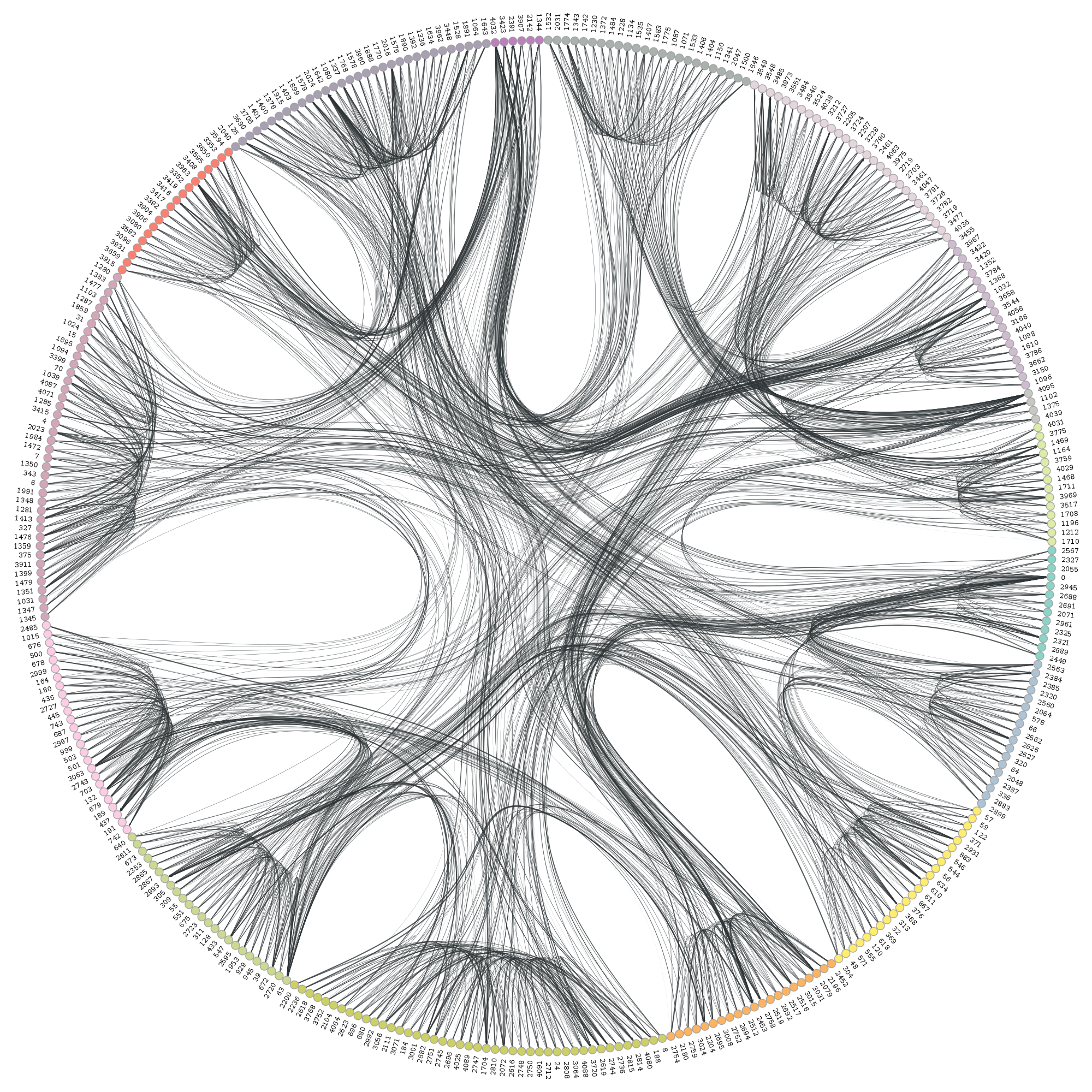
- Design parameters are available on Github: https://github.com/SocratesNFR/socrates-magnets
- Modelsystem is available on Github: https://github.com/SocratesNFR/socrates-magnets
Project Results
- All results can be found at https://data.ntnu.no/socrates/phase1/
- The final report for Phase I of the SOCRATES project has been delivered to NFR.
- The SOCRATES research platform is available at Github: https://github.com/SocratesNFR
Impact
Scientific Dissemination
- P. Aaser, M. Knudsen, O. H. Ramstad, R. van de Wijdeven, S. Nichele, I Sandvig, G. Tufte, U. S. Bauer, Ø. Halaas, S. Hendseth, A. Sandvig, "Towards Making a Cyborg: A Closed-Loop Reservoir-Neuro System", Proceedings of the European Conference on Artificial Life. MIT Press, 2017.
- O. Ramstad, I. Sandvig, S. Nichele, G. Tufte, A. Sandvig, "Modelling dynamics of motoneuron networks and spinal cord injury in vitro", Nordic Neuroscience 2017.
- U. Bauer, O. Ramstad, G. Tufte, S. Nichele, I. Sandvig, A. Sandvig, "Developing an Engineered Neural Network Model for the Study of ALS", Nordic Neuroscience 2017.
- I. Sandvig, "Morphology-activity relationships in motor neuron networks", Hjernerådet Dagkonferanse - Hjernehelse, Fra Forskning til Klinisk Praksis, 2017.
- https://github.com/SocratesNFR
Public Outreach
- https://www.ntnu.edu/socrates
- https://twitter.com/SocratesNFR
- https://forskning.no/2017/08/levende-nevroner-laerer-oss-om-datamaskiner/produsert-og-finansiert-av/hogskolen-i-oslo-og-akershus
- http://www.hioa.no/vitenogpraksis/Teknologi-og-design/Levende-nevroner-laerer-oss-om-datamaskiner
- http://www.hioa.no/eng/News/Living-neurons-teach-us-about-computers
- https://www.ntnu.no/forskningsdagene/researchnight
- https://www.uka.no/program/17-uka-technology-conference/17
The Objectives of Phase I
O1 Establish clear guidelines and laboratory practices on how to culture and communicate with biological neural networks in-vitro on an MEA.
O2 Verify and quantify expected neuronal behaviour; study and elucidate self-organizing properties in biological neural networks.
O3 Record and process neural activity through an MEA to highlight different dynamic behaviour as a result of biological morphogenetic processes.
O4 Establish stimulation protocols as a basis for learning as a result of neural plasticity.
O5 Develop design parameters for suitable nanomagnetic cells for the proposed materials and within feasible length scales for fabrication with the available infrastructure.
O6 Within a framework of GPU-accelerated simulations, demonstrate that arrays consisting of coupled nanomagnetic cells are a promising candidate for achieving neural-like behavior in an artificial system.
O7 Reproduce the behavioural properties of biological neural networks and pave the way towards a physical realization of an engineered self-organizing nanomagnetic computing system.
O8 Provide a research platform to the national research community that will serve for the SOCRATES project phase II as well as for other projects within ICT, biotechnology, and nanotechnology.
Tasks
T0.1 Observation of desired neuronal properties
Detailed protocol on experimental platform to be used in Phase I and II, including (i) procedures for culturing and maintaining neural networks on MEAs, and (ii) analysis of neural behaviour (complexity measurements).
Complexity measurment setup is available on Github: https://github.com/SocratesNFR/socrates-neurons
T0.2 Achieve basic neuronal communication
System specification for achieving communication, extended update of dataset at https://data.ntnu.no/socrates/phase1/neurons.
T0.3 Micromagnetic simulations of the basic nanomagnetic building block
Design parameters for monodomain nanomagnetic cells with robust dipolar coupling between adjacent cells will be provided.
Design parameters can be found on Github: https://github.com/SocratesNFR/socrates-magnets
T0.4 Establish nanomagnetic model system with desired properties
Layout of a nanomagnetic model system that supports a wide spectrum of stable spin texture states and proposed strategies for controlling the behaviour of the array through external stimuli. Open source models will be made available on the SOCRATES website.
Models are available on Github: https://github.com/SocratesNFR/socrates-magnets
T0.5 Reproduce behavioural properties of neural networks in a nanomagnetic model
Results and final report, all results and datasets available above and at https://data.ntnu.no/socrates/phase1.
The final report has been delivered to NFR.
